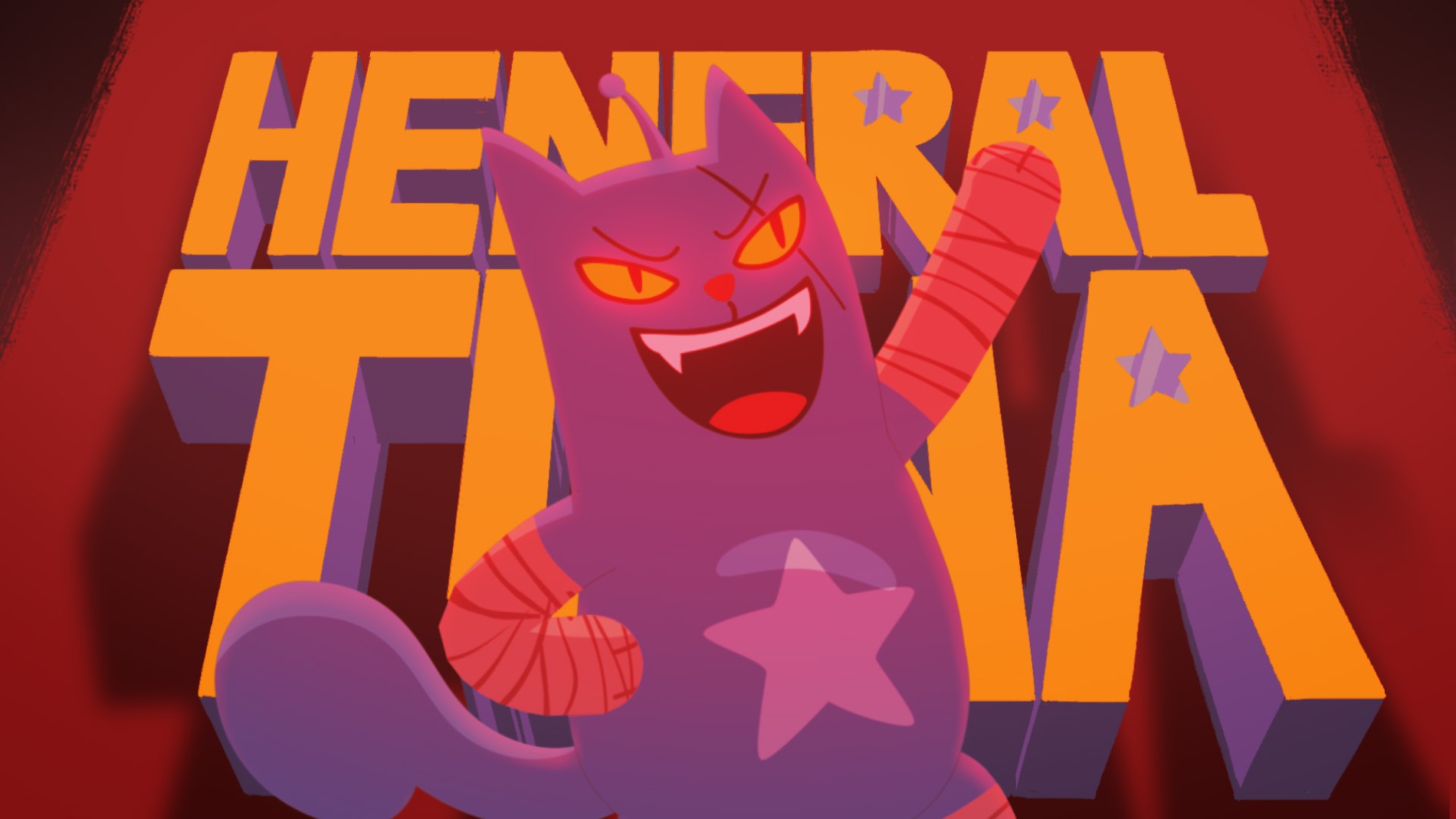
Groundbreaking Film Iti Mapukpukaw Showcases The Compelling Narrative Power of Animation
By Arry Asiddao
September 05, 2023
Note: This review contains spoilers and mentions of death and sexual assault.
When we think of animation, our minds often drift to fantastical worlds, bizarre-looking creatures, and storylines that cater to children. After all, we grew up devoting our Saturday mornings to watching our favorite cartoons. Director Carl Joseph Papa, however, shatters this preconceived notion about animation by tackling the heavy subject of trauma in his Filipino-Ilocano animated feature Iti Mapukpukaw (The Missing).
Done using rotoscoping, a tedious and time-consuming animation technique that involves tracing over live-action footage frame-by-frame, Iti Mapukpukaw is the first animated feature film in the official selection of Cinemalaya and the first full-length animated film to win Best Film. Aside from taking home the festival’s top award, Iti Mapukpukaw was also hailed as the highest-grossing film of the festival.
The film tells the story of Eric (Carlo Aquino), an animator who lives a seemingly normal, almost boring life—works a 9-to-5 job, has an office crush, and has a mother (Dolly de Leon) who nags at him for not eating over video call. He is your average guy, except for one thing—he does not have a mouth. It is not clear whether anyone notices this in the film, but nobody points it out. He, however, cannot speak and wears a whiteboard around his neck to communicate. Skillfully played by Aquino, Eric’s personality shines through regardless, meek at first, but eventually chatty and sociable as he was as a child. We learn through flashbacks that Eric has not always been unable to speak, but that something happened during his childhood that caused this.
Ghost (or alien) of childhood past
Eric was a child when his uncle sexually abused him. That was when the alien first appeared. Employing an effective use of metaphor, Papa uses the arrival of the alien to represent the times Eric was assaulted. Children often perceive aliens with awe and curiosity—a completely foreign concept that is almost impossible to grasp at first—which then becomes an object of wonder akin to superheroes due to their depiction in cartoons and storybooks. But for Eric, this wonder was quickly replaced by fear after the first incident with his uncle.

The plot begins to unravel when Eric’s uncle, whom he has not seen in a long time, goes missing. After some prodding from his mother, Eric sets out to look for his uncle with his new friend and love interest, Carlo (Gio Gahol). The alien reappears when he finds his uncle dead in his apartment, which sends him into a spiral. The alien claims to have unfinished business with Eric, and resurfaces to chase him every time he has an encounter with his dead uncle or comes close to getting more intimate with Carlo. This drives home the fact that childhood trauma inevitably affects our relationships as adults, and for some, it can be detrimental.
Carlo feels confused when he is locked out of Eric's apartment during one of Eric's hallucinations, leaving him waiting outside for hours. This puts a temporary strain on their budding romance. Carlo, however, continues to support Eric and, upon learning about the alien, offers his help to confront the dreaded monster. He does this, without ever questioning, not even once, not even when they come face to face with the aliens that only Eric can see, whether or not the aliens are real. Because they are real to Eric, and that is the only thing that matters.

Tenderness despite tragedy
Aside from Carlo, Eric's mother has been nothing short of supportive throughout Eric's journey to recovery and wholeness. In one scene, Eric's eye falls out while attending his uncle's wake, but his mother does not dismiss him. Instead, she joins him in his frantic search for the eye, despite not fully comprehending the situation, while everyone in the room stares. It is at times like this, and especially in the ending, when Eric visits his uncle's grave with his mother and Carlo, that we are reminded of the importance of having a strong support system on our path to healing.
In the final scene, Eric confronts the root of his trauma and reclaims his voice by digging up his uncle’s grave, where he unearths parts of him that have gone missing, one of them being his mouth. He reattaches them to his body piece by piece before saying aloud one simple yet profound statement: that he has something to tell his mother and Carlo, who wait for him patiently as he completes himself.
Iti Mapukpukaw also explores queer identity by seamlessly and subtly weaving it into Eric and Carlo's relationship. It does not dwell on their being part of the LGBTQIA+ community; they simply are, as are many other things that are left unsaid (literally) but rather demonstrated in the film. Their relationship is not expressed through grand statements or memorable lines but rather through small, tender gestures such as the gentle brushing of arms, Carlo resting his head on Eric's shoulder, and Eric placing Carlo's hand on his chest to feel his heartbeat.
The age of animation
Aside from rotoscope, Iti Mapukpukaw utilizes traditional 2D drawings to signify flashbacks, which adds dimension to the film. Visually rich and distinct, the film also employs graphic design references as motifs and visual metaphors. One striking example is how the film depicts Eric's loss of body parts as erasing or cutting a layer in photo editing.
While Iti Mapukpukaw is a visual and technical masterpiece, the film’s strength lies in its careful yet transparent, almost matter-of-fact depiction of the struggles of sexual assault survivors and trauma victims. But what really sets it apart is how it utilizes animation, a visual form often associated with younger audiences, to present adult pain caused by childhood trauma, in all its ugliness. While this is not a completely novel concept in film, it solidifies the place of animation in Philippine cinema. Ultimately, Iti Mapukpukaw stands as a testament to the boundless potential of animation in conveying powerful narratives, such as Eric's.
Follow Cinemalaya on Facebook to stay up to date on Iti Mapukpukaw screenings.


